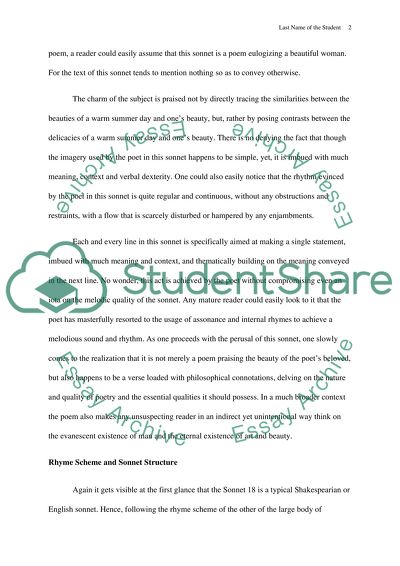Cite this document
(“English - Shakespeare's Sonnet 18 Research Paper”, n.d.)
Retrieved from https://studentshare.org/english/1454642-shakespeare-s
Retrieved from https://studentshare.org/english/1454642-shakespeare-s
(English - Shakespeare'S Sonnet 18 Research Paper)
https://studentshare.org/english/1454642-shakespeare-s.
https://studentshare.org/english/1454642-shakespeare-s.
“English - Shakespeare'S Sonnet 18 Research Paper”, n.d. https://studentshare.org/english/1454642-shakespeare-s.


